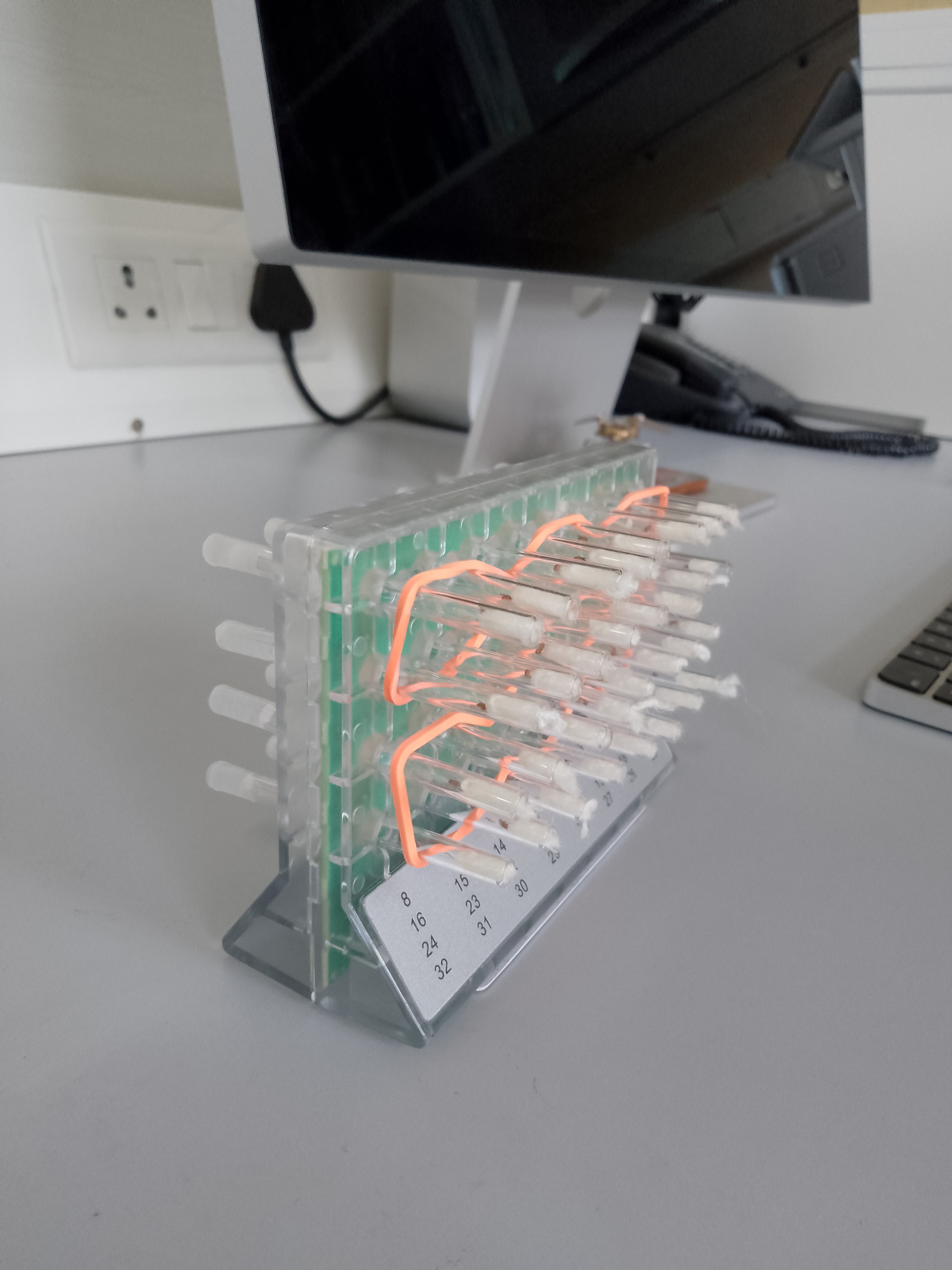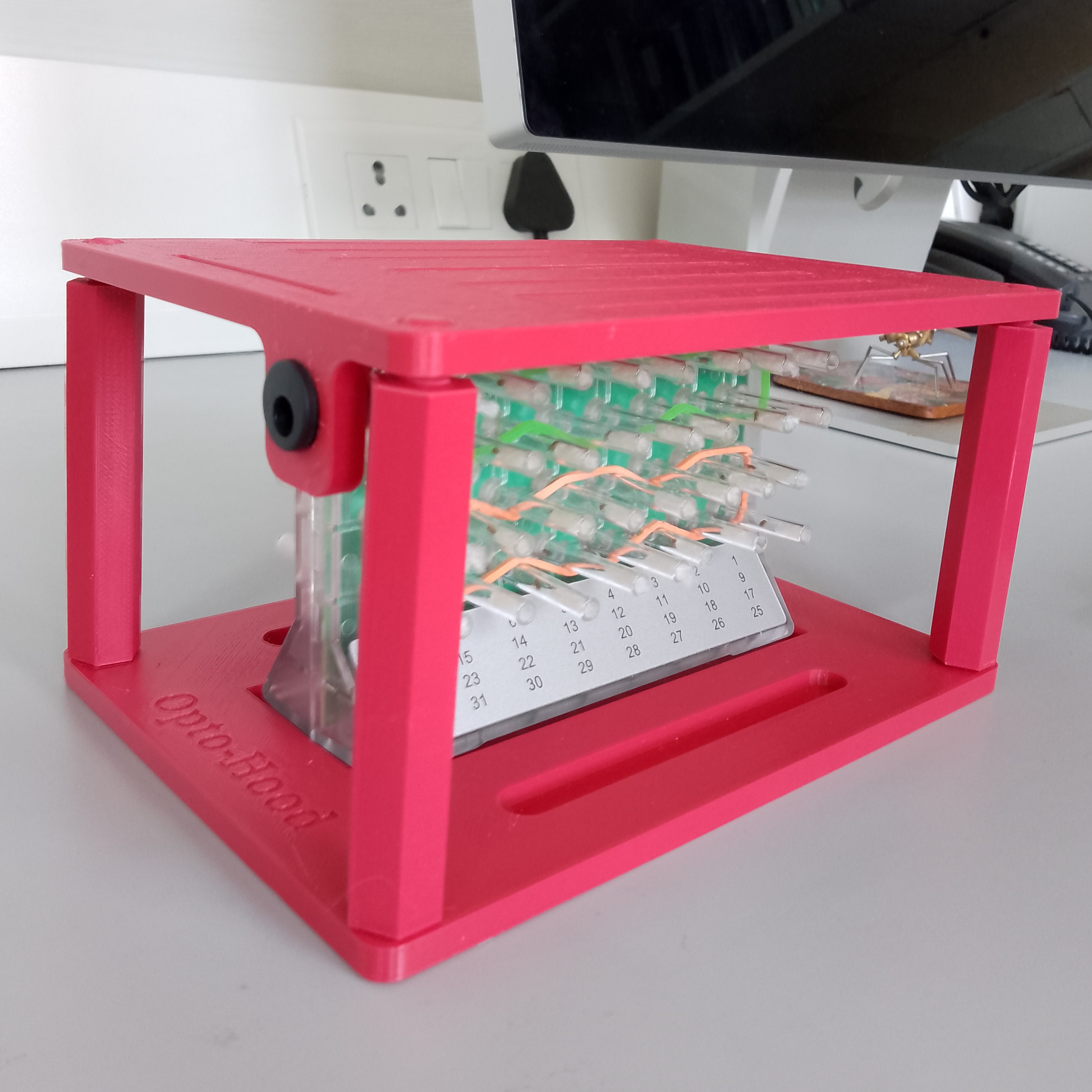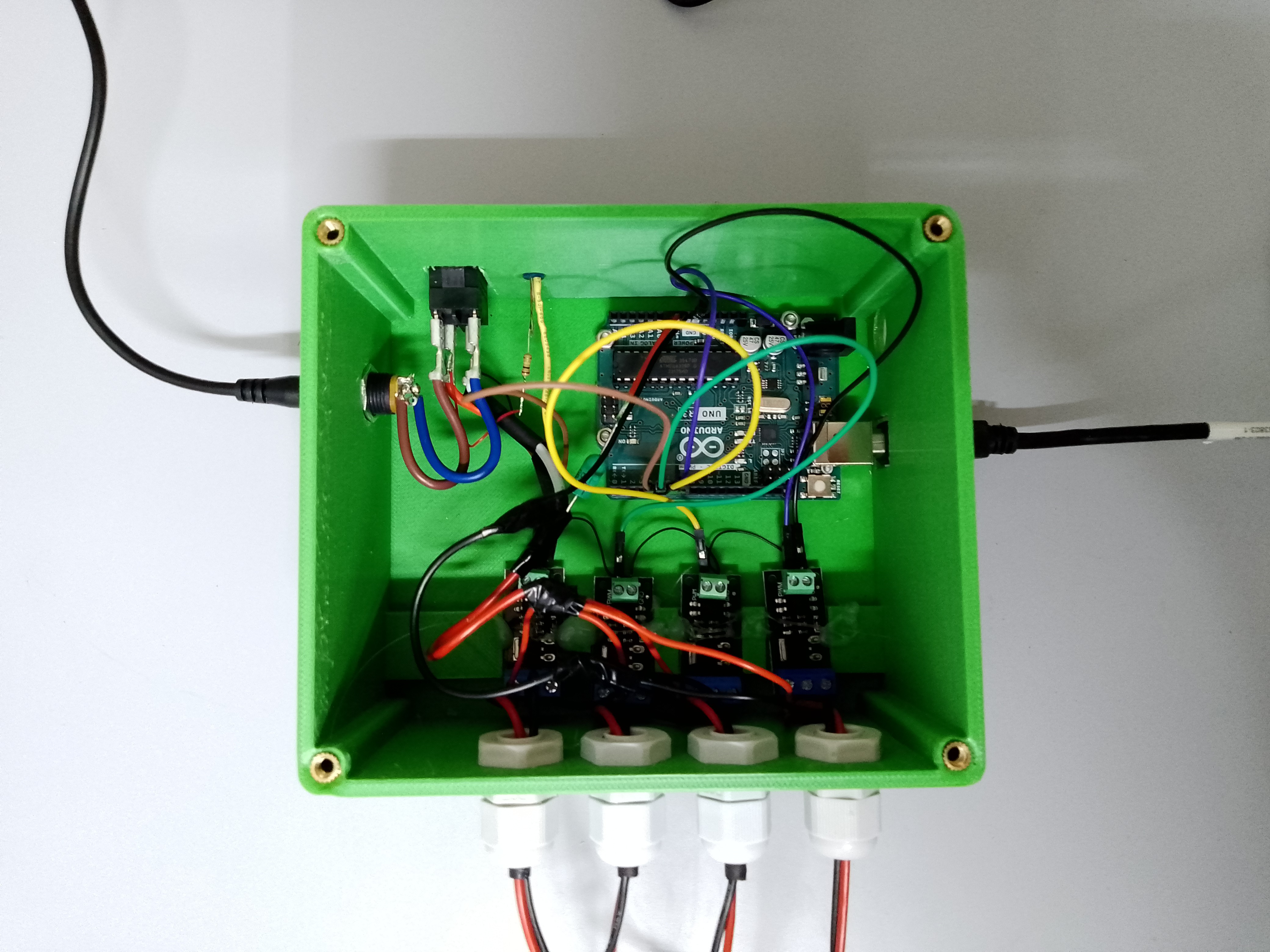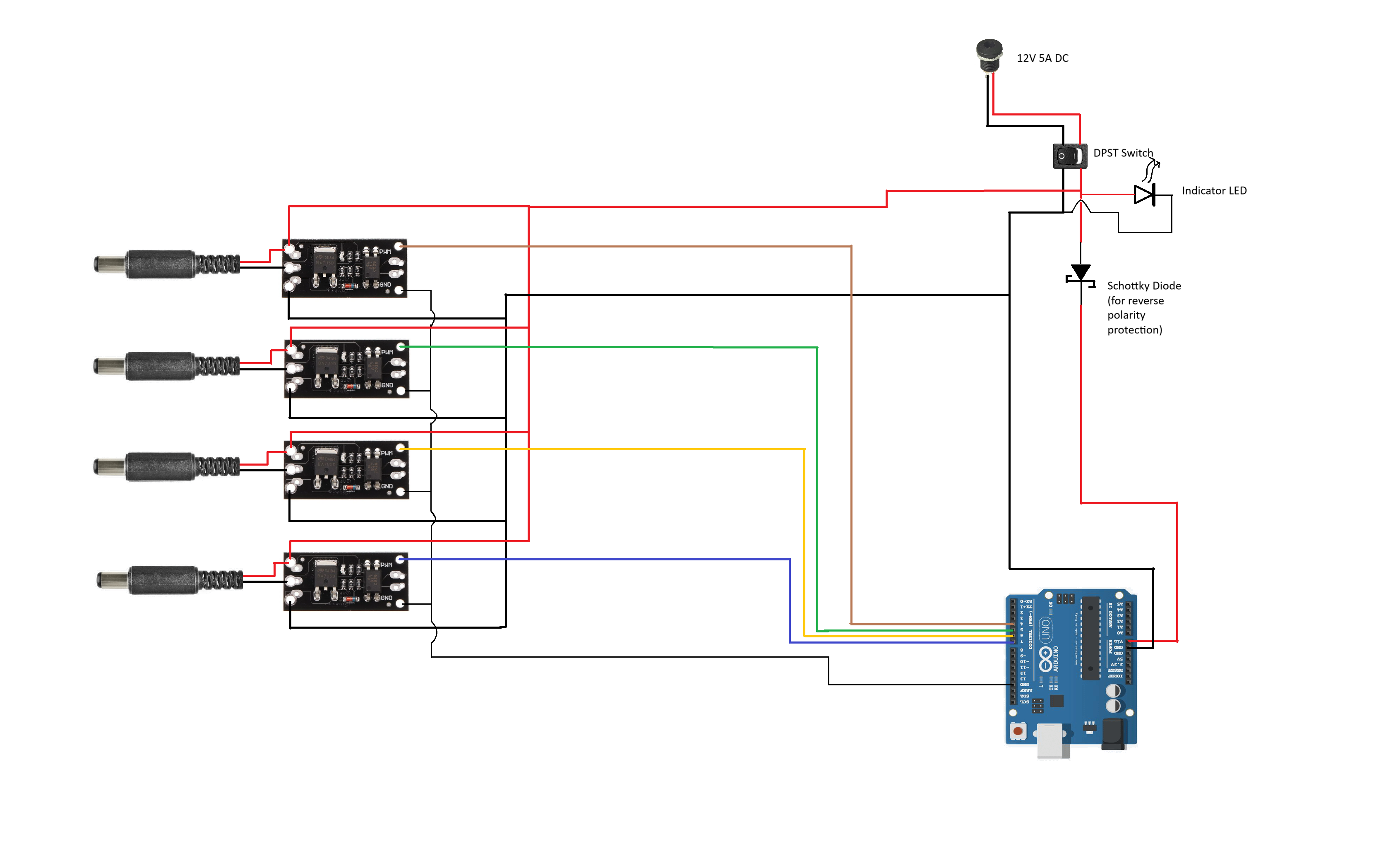Introduction
Optogenetics is a tool that allows one to control the activity of a neuron with unprecedented temporal resolution using light. This has major uses in systems neuroscience where one can determine how a circuit works by activating/silencing individual neurons. It works by expressing engineered proteins that allow certain ions to pass the neuronal membrane in response to light. These light-gated ion channels modify the electrical properties of the neuron to cause it to fire or stop it from firing. Here is a video describing optogenetics and its applications by Karl Diesseroth, one of the pioneers of the technique. In flies, we have a vast array of genetic tools that allow us to express optogenetic effectors in small subsets of neurons without affecting the rest. Their small size means that there is no need for fibre optics or crazy high-intensity light as there is not much tissue to prevent light from reaching the neurons. Furthermore, light-gated ion channels activated by red light(aptly named Chrimson) have been developed. Red light has two advantages, it scatters less and secondly flies cannot see red light very well so it reduces artefacts induced by lighting.
In the lab, we are interested in studying sleep and its functions. Sleep is monitored in flies by using inactivity as a proxy. The flies are loaded into tubes such that they can only move in one dimension. The tubes are loaded into the commercial Drosophila Activity Monitors(DAMs) which have an infrared beam passing through the middle of the tube such that a fly passing through would break the beam and that would be counted as activity. Conversely, lack of any beam breaks for an extended duration is taken to be inactivity/sleep. One such DAM is shown below. The Opto-hood is built around the DAM system.

The system consists of two parts: the 'hood' that goes over the DAM and the control box that controls the duration and frequency of the lights. One control box can connect to four such "hoods" and each can be set to a different frequency at which the lights are strobed. Strobing the lights allows one to activate the neuron(s) at a desired firing rate. This is important because neurons can encode information in their firing rates. Continuous light often causes the neuron to be perpetually depolarized which might not be biologically relevant. The ability to control the frequency independently allows the researcher to compare between the effects of different stimulus frequencies.
The "Hood"
The hood consists of LED lights arranged in rows and connected to a barrel jack. The lights are placed on top of the monitor on four posts as this allows maximum coverage. This part is deliberately kept simple as this affords versatility. It is easy to have a separate hood with green lights that would allow for neuronal silencing using another ion channel known as GtAcR.


The Control Box
The control box connects to each "hood" via the barrel jack. Inside is an Arduino Uno which controls four MOSFET modules which switch the lights in each "hood". The control box is connected to a 12V 5A DC power supply that powers the lights and the Arduino. The Arduino receives the user input duration and frequency at the start of the experiment through the serial monitor in the Arduino IDE app. Once this is done the device can be disconnected from the computer.

Circuit Diagram
The following is the wiring diagram for the control box:

The MOSFET modules come with screw terminals which are not shown in the diagram. All the 12V circuitry is connected through 18AWG wire. The connections between the Arduino and MOSFET modules are via jumper wires and 30 AWG wires. Since the Arduino is powered through the Vin Pin, a Schottky diode is placed in series to protect against reverse polarity. The switch and indicator LEDs serve no practical purpose but they do look cool (personal opinion). The wires coming out of the MOSFET modules leave the box through PG7 cable glands that prevent the wires from stress. The individual MOSFET modules are hot-glued in place.
Notes:
- The parts were 3D printed mostly in PLA+ but other filaments should work just fine.
- The wires connecting the control box to the "hoods" are about a meter in length. The entire setup should fit in an average-sized incubator so they don't have to be long.
- The strobe capabilities were tested up to 50Hz for all channels. Beyond this, there might be some issues as the microcontroller might not be able to keep up. Higher frequencies can be achieved by sacrificing on the ability to assign individual frequencies to each hood. To do this the tone(0) function can be used to output square waves of a defined frequency. Beware that tone() does not work for very low frequencies.
 Wriju
Wriju